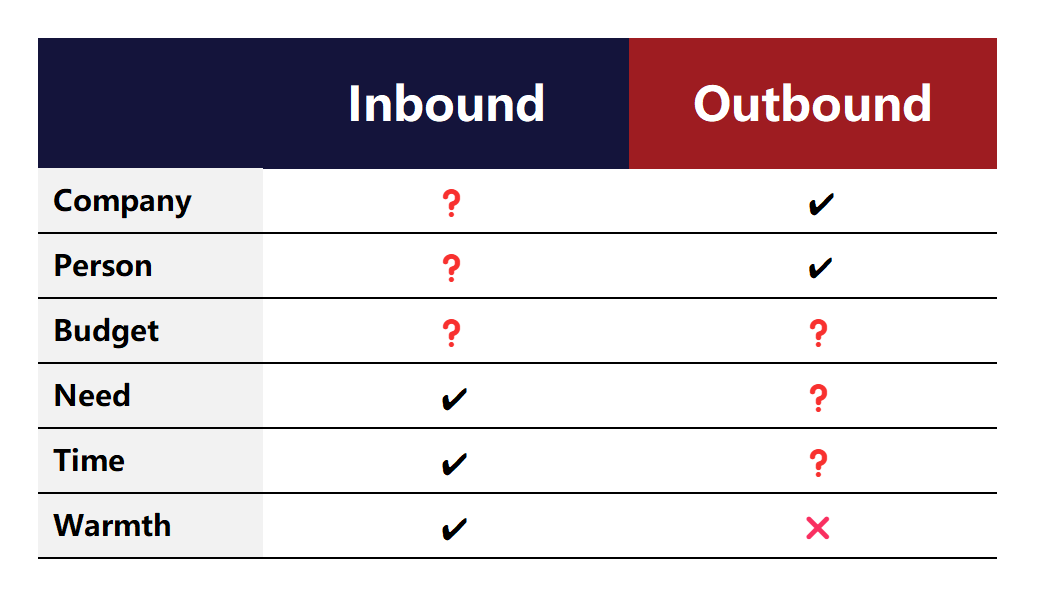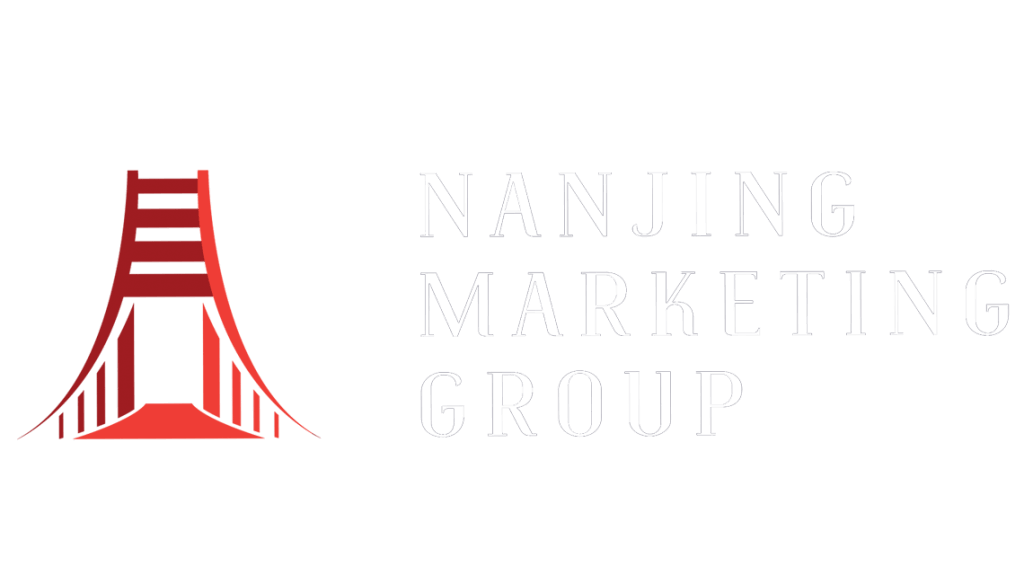In this post, I’ll be examining outbound and inbound leads, and how B2B-oriented businesses used to big sales can manage both.
You don’t need to be a marketing expert to realize that inbound and outbound leads are probably not the same; however, it’s not surprising to find a sales or marketing team used to one type and unfamiliar with the other.
By the end, you’ll hopefully have a better idea about the following:
- What are the differences between inbound and outbound leads?
- The advantages and disadvantages of both.
- How can your marketing and sales team handle the other type of lead (if they’re used to doing only one)?
Before we begin with definitions, I just wanted to mention that at Nanjing Market Group—the majority of our leads are inbound.
However, I work with companies that rely mainly on outbound leads, and we sometimes use it too. Many years ago, I did outbound-only prospecting, so I consider myself experienced in both areas.
For the video version of this post, check YouTube.
Inbound Vs. Outbound
Inbound leads are when companies or potential clients contact you. This could be through an Internet search, an advertisement on a search engine, or encountering your company name after reading some of your published content. They might be actively looking for your product/services, or they may stumble across you accidentally.
Outbound leads are where your sales team proactively searches for and contacts clients or companies that fit your target customer profile.
So, which one to use?
Both have pros and cons. It depends on the type of client, what you’re looking for, and the product or service you are selling.
Advantages and Disadvantages
Inbound:
Pros – They contacted you first; therefore, they need something or are interested in learning more about your services or products.
Cons – They may not exactly fit the profile of your target customer base or even resemble the type of companies or clients you are looking for.
Outbound:
Pros – Your sales team researches and finds suitable companies and clients based on your ideal customer profile. These companies normally are the right size for the product you are offering.
Cons – It can be difficult to connect with the right person in the company. And even if you do, they might not need you or what you’re selling right now.
Other Types of Inbound Leads:
A cold lead is where the customer is doing an Internet search or casually skimming through an article; they see an ad and click on it—this forwards them to your landing page. They understand little about you or the service you offer, they might not even care too much, but they contact you for more information. Overall, they have no prior knowledge or attachments to your company or brand. They don’t know you, so at this point, we could say…they are indifferent to you and your company.
Conversely, a warm lead is a customer with a positive opinion of you, your company, brand, service, or product. They might be a follower of your newsletter or a fan of the articles you publish online (one of the main benefits of content marketing). They may even have experience dealing with you personally, so…they might really like you.
Preparing for a Different Type of Lead
 Sales teams should want as many leads as possible, regardless of the direction, right?
Sales teams should want as many leads as possible, regardless of the direction, right?
However, if your sales team is familiar with one type of lead, they may neglect or not know how to do the other.
Now, if your team of veteran outbound leads prospectors suddenly starts receiving more inbound leads than outbound, then what should they do?
First of all: Don’t panic.
It’s essential to streamline the communication between the marketing and the sales teams, so everyone knows what is coming in.
Following a process of filtering, adjusting your product, and adjusting their budget will help your sales team handle this flurry of unexpected inbound leads.
- Filter:
Your team processing these leads need to filter them to identify the ones that match your target customer profile.
- Talk to the leads to learn a bit more about them.
- Choose the ones to meet with.
- Move them on to the next step.
You can manually move these leads on to the next step by adding things to your conversion process. This could be in the form of a webinar or a course, so they can learn more about what you do before talking to your sales team.
- Adjust the product:
As we’ve mentioned, inbound leads may come from companies that don’t fit your customer profile. If your product or service is worth, let’s say, 50,000 USD, and the lead is from a smaller company that may not have that kind of money, then you may want to consider adjusting the price or offering an alternative at a lower price to get them started.
SaaS companies often have scalable plans for customers to implement at different stages.
This can be a little more difficult for service businesses where a team is required to provide each individual service. Instead, these businesses may offer courses, resources, training videos or tutorials.
- Adjust their budget:
How can you get a company, especially one that is smaller than you’re used to dealing with, to increase their budget?
Answer:
You need to show them the value of what you’re offering.
Larger companies understand the value of things, such as a life-long customer, whereas a smaller company just starting out may not. In this situation, you need to show them the data and the numbers. They need to see real-life cases of these things working (and producing results) in real-time.
This could help them re-evaluate and re-adjust their budget, and they may even decide to spread it out over a longer period.
My approach:
“Show them the long-term value first;
talk about money and their budget afterward.”
Outbound to Inbound
You and your sales team need to remember that the world of inbound leads moves faster than its outbound counterpart.
These companies usually want to get started right away. Therefore, you need to be on immediate hand to answer any initial queries and be ready to schedule a meeting as soon as they want it.
Remember: These companies contacted you first, so they probably want something now.
Inbound to Outbound
When you make contact, remind them of who you are and what you do. Don’t presume they remember you.
If you’re unsuccessful at first, keep trying until you reach the right people. This may require persistence over a few weeks.
Remember: When you finally reach the right person, even if they like you and your company—they might not have the need, and it might not be the right time.
Conclusion
Hopefully, you now understand the difference between inbound and outbound leads, the advantages and disadvantages, and how to manage both.
No matter what you do—communication is key. You need the sales team to communicate with the marketing teams (the people doing the outbound prospecting or processing the inbound leads).
The overall goal is for the marketing teams to bring in better leads for the sales teams.
Contact Us
Are you a marketer? Do you prefer outbound or inbound leads? We’d love to hear about your experiences or thoughts about anything in this post, China-marketing related, or just marketing related, in general. Please feel free to comment or send us a message.
